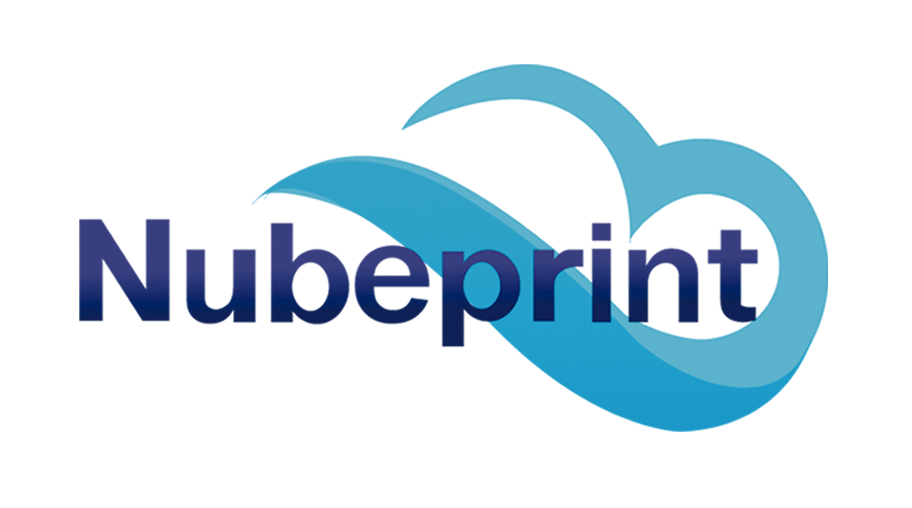Did you know …….?
KNOW MORE
Which sectors are implementing 3D printing the most?
1. Engineering – It allows the printing of spare parts for products or prototypes, gaining in autonomy and saving on costs without depending on external and distant suppliers.
2. Architecture – Printing models instantly in a presentation is a differential value. There is nothing like presenting the project of a house in 3D so that it is tangible and the client can perceive the exact volumes of his future home.
3. Medicine – The possibility of printing customised prostheses in a short space of time to treat patients is opening up. Molds will no longer be necessary, but rather definitive parts made of materials that are biocompatible with our bodies, manufactured quickly to avoid delays in delivery by the supplier, resulting in an improvement in the patient’s quality of life.
4. Arts and fashion – For printing sculptures, jewellery, footwear, clothing, etc. Post-printing of the piece allows for adjustments and customisation of the product according to the specific needs of each customer.
5. Space research – NASA has sent 3D printers into space with the idea of replicating spare parts for aircraft in record time. They would stop being manufactured on Earth and the astronauts would have the necessary material to print the part in space. We are sure that this service will soon be available in workshops.
The 3D printing market will turnover around $32.7 billion per year until 2023, with a growth rate of around 25% per year. The progressive reduction in the price of these printers, together with their technological development, will facilitate their implementation in all sectors and areas of life.
Nubeprint’s software monitors printers of all makes, models and types, including 3D, laser, inkjet, large format (plotters) and label printers. Our solutions enable printer dealers, cartridge and filament resellers to manage their cost-per-copy contracts and subscription-based consumables sales services.
Source: filament2print.com/- Nubeprint
